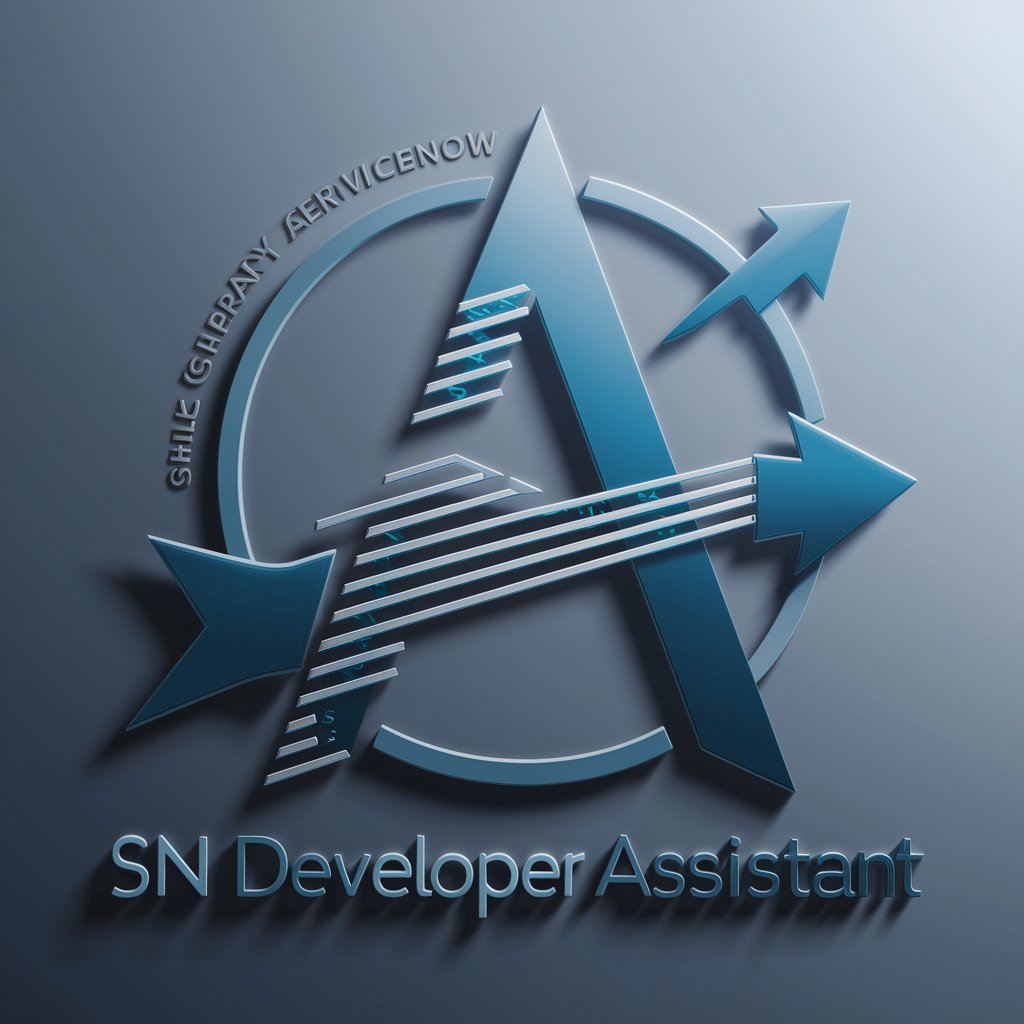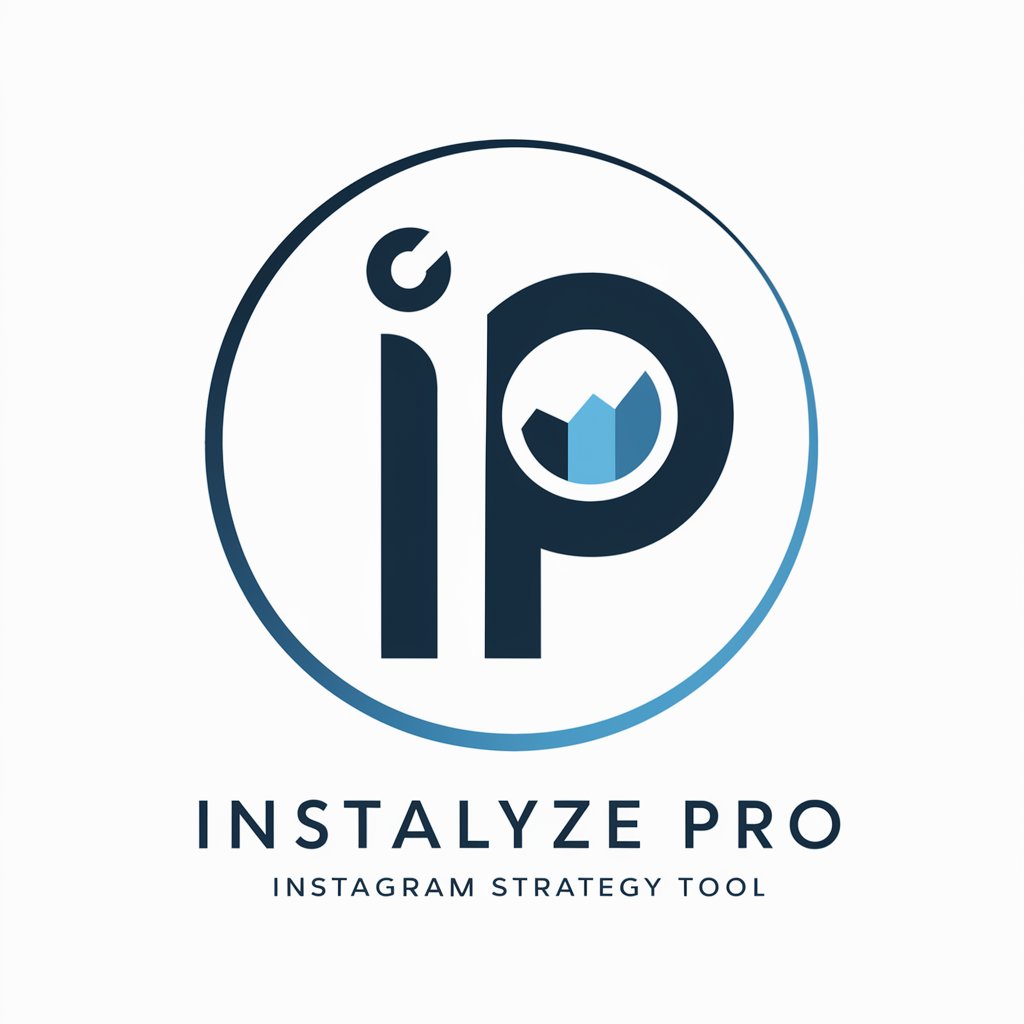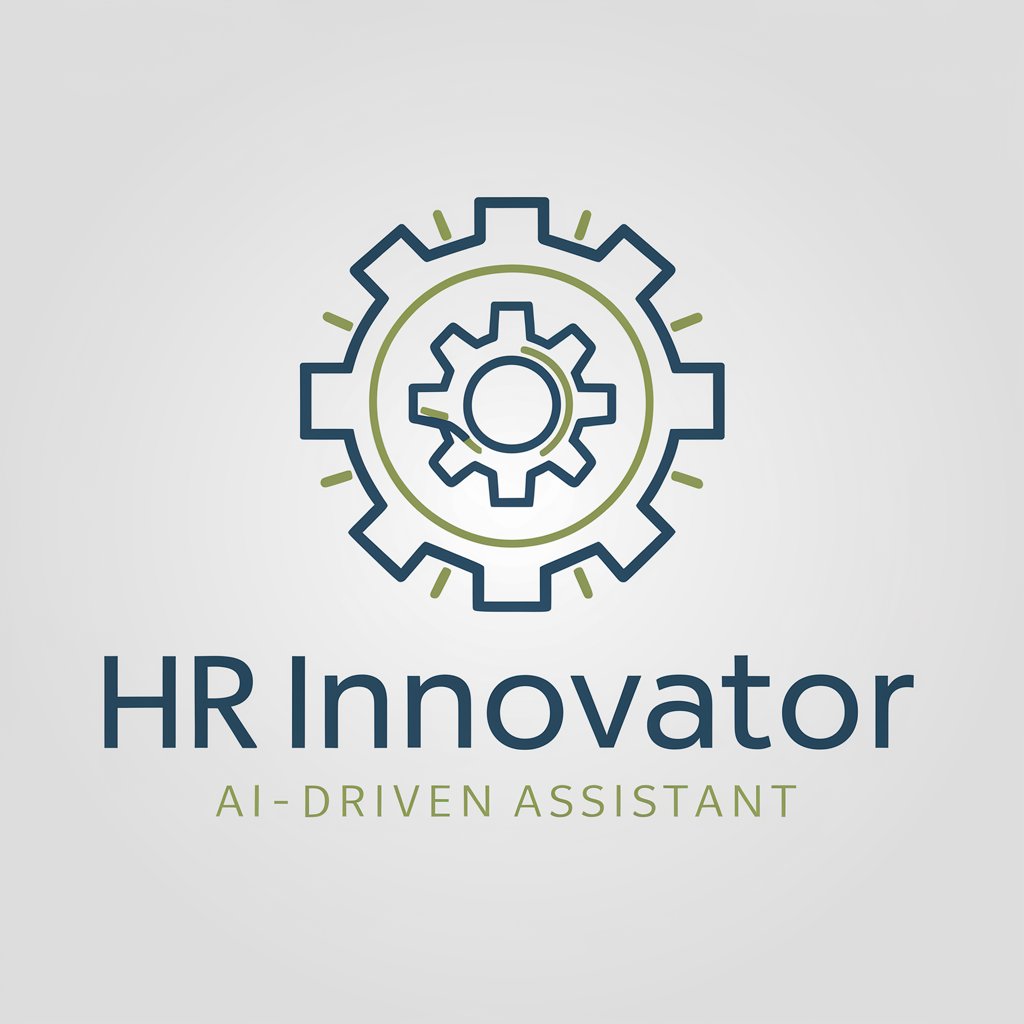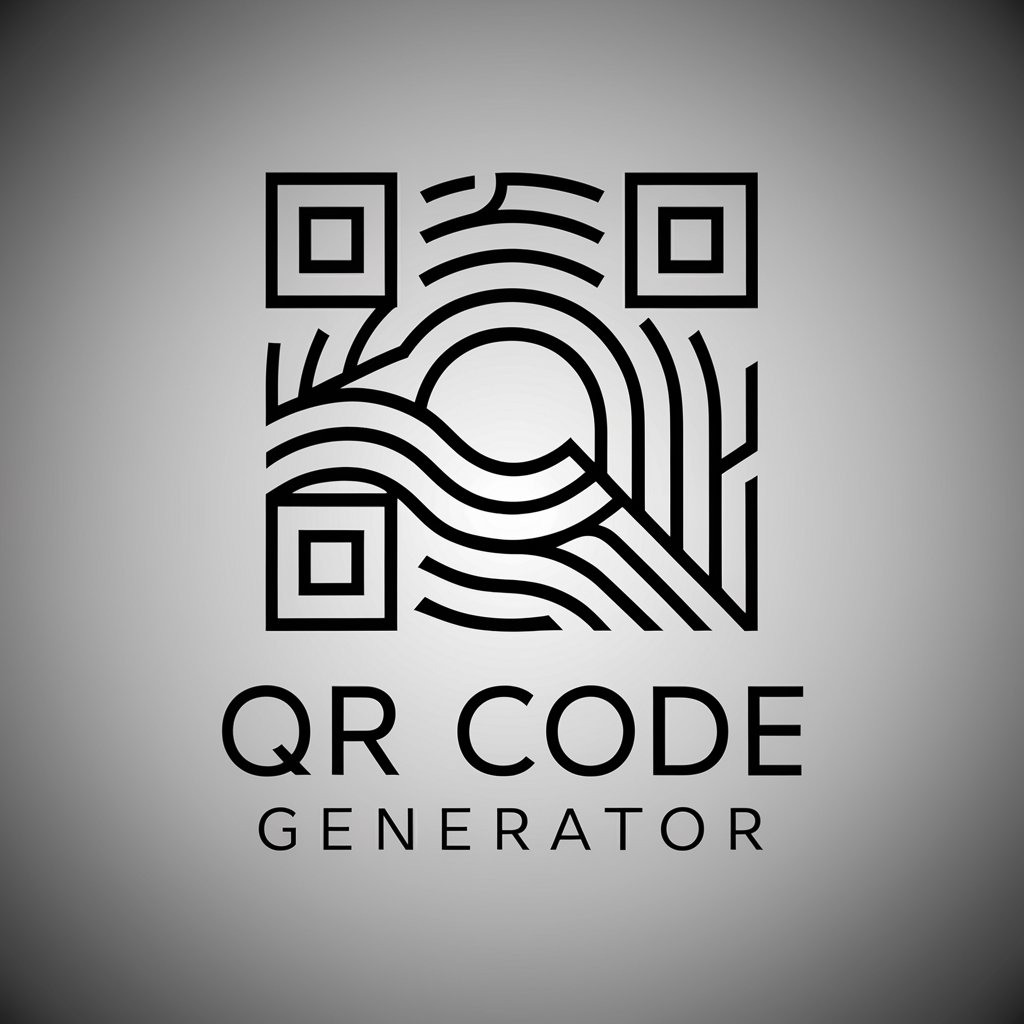HR Analytica - HR Data Insights Tool

Welcome to HR Analytica, your partner in data-driven HR insights.
Empower HR decisions with AI-driven insights
Analyze the impact of employee turnover on overall business performance by
Determine the correlation between training programs and employee productivity through
Assess the effectiveness of remote work policies on employee satisfaction by
Evaluate the influence of diversity and inclusion initiatives on company culture using
Get Embed Code
Introduction to HR Analytica
HR Analytica is designed as an advanced AI tool dedicated to interpreting and analyzing large datasets related to human resources. Its primary aim is to measure the impact of various HR metrics on overall business performance, thereby aiding in data-driven decision-making. Through integrating extensive HR datasets with analytical capabilities, HR Analytica provides insights into employee performance, turnover rates, hiring effectiveness, and more. For example, HR Analytica can analyze historical data on employee turnover to identify patterns or trends that may indicate underlying issues such as lack of engagement or poor job fit. This enables organizations to proactively address these issues, enhancing retention and satisfaction. Powered by ChatGPT-4o。

Main Functions of HR Analytica
Data Analysis and Reporting
Example
Analyzing patterns in employee absenteeism to identify root causes and recommend interventions.
Scenario
An HR manager notices an increase in absenteeism rates over several months. Using HR Analytica, they input absenteeism data, which is then analyzed to reveal that most absences occur in specific departments and are closely linked to periods following high-stress projects. This insight leads to recommendations for implementing stress management workshops and better project deadline distributions.
Predictive Analytics
Example
Predicting employee turnover by analyzing various factors such as job satisfaction, engagement levels, and external market conditions.
Scenario
A company is experiencing higher than average turnover rates. HR Analytica uses predictive analytics to assess the likelihood of future turnovers, identifying key factors such as low engagement scores and lack of career progression opportunities. This analysis enables the HR team to develop targeted retention strategies, such as career development programs, to reduce turnover.
Talent Acquisition and Optimization
Example
Optimizing recruitment processes by identifying the characteristics of high-performing employees and aligning candidate screening processes accordingly.
Scenario
To improve the quality of new hires, an organization uses HR Analytica to analyze characteristics of its top performers, including skills, experience, and cultural fit. This analysis informs the creation of a refined candidate profile, which is then used to adjust recruitment strategies and selection criteria, leading to an improved match between new hires and the company’s needs.
Ideal Users of HR Analytica Services
HR Managers and Directors
This group benefits from HR Analytica by leveraging in-depth analysis and insights to inform strategic decisions related to workforce management, talent acquisition, and employee retention strategies. The tool aids in identifying patterns and predicting trends, enabling proactive measures.
Business Analysts in HR Departments
Analysts can use HR Analytica to perform complex analyses of HR data, support the HR department with actionable insights, and measure the impact of HR initiatives on business outcomes. This helps in aligning HR strategies with business objectives.
C-Level Executives
Executives use HR Analytica to understand the strategic implications of HR metrics on the overall business performance. Insights derived from HR Analytica can guide high-level decision-making and strategy formulation, particularly in areas like organizational growth, culture, and employee engagement.

How to Use HR Analytica
Start Your Journey
Initiate your experience with HR Analytica by visiting yeschat.ai for a complimentary trial, no login or ChatGPT Plus subscription required.
Upload Your Data
Prepare your HR dataset in a compatible format (CSV or Excel) and upload it directly to the HR Analytica platform for analysis.
Define Your Objectives
Specify your goals and questions. Whether it's understanding employee turnover, analyzing performance metrics, or forecasting hiring needs, clear objectives guide the analysis.
Analyze and Interpret
Utilize HR Analytica's tools to analyze your data. Leverage built-in analytics functions to uncover patterns, trends, and insights.
Apply Insights
Implement the insights derived from HR Analytica into your HR strategies and decisions to improve employee satisfaction, retention, and overall business performance.
Try other advanced and practical GPTs
! GTA Expert
Empowering GTA gameplay with AI-driven insights.

Parody Comic
Turning stories into humorous comics.
Anatomy Educator
Master Anatomy with AI-Powered Guidance

EducCAM
Empowering Education with AI Insight

SN Developer Assistant
Empowering ServiceNow Development with AI

Finversity
Navigating Finance with Cultural Insight

42master-AestheticsAI
Enhancing Artistic Vision with AI

Instalyze Pro - Insta Strategic
Elevate Your Instagram Game with AI

HR Innovator
AI-Powered HR Efficiency Solutions

QR code generator
Transform text into action with AI-powered QR codes

AI and Chatbot Cybersecurity Expert
Empowering chatbots with AI security

Créateur d'Avatars
Personalize Your Digital Presence with AI

HR Analytica: In-Depth Q&A
What types of data can HR Analytica analyze?
HR Analytica is designed to analyze a wide range of HR-related data, including but not limited to employee demographics, performance metrics, turnover rates, and engagement scores. It can handle data in CSV or Excel formats for comprehensive analysis.
How does HR Analytica help in reducing employee turnover?
By analyzing historical data, HR Analytica identifies patterns and predictors of employee turnover. It enables HR professionals to devise targeted interventions, such as improving engagement strategies or addressing specific grievances, thus reducing turnover rates.
Can HR Analytica predict future hiring needs?
Yes, through predictive analytics, HR Analytica can forecast future hiring needs by analyzing trends in growth, turnover, and business expansion plans. This allows for strategic workforce planning and proactive recruitment.
Is HR Analytica suitable for small businesses?
Absolutely. HR Analytica is designed to scale with your business. It offers insights that can help small businesses optimize their HR practices, improve employee satisfaction, and make data-driven decisions, all of which are crucial for growth.
What distinguishes HR Analytica from other HR analytics tools?
HR Analytica stands out due to its ease of use, the depth of insights it offers, and its affordability. It's specifically designed to be accessible to HR professionals without a background in data science, making advanced analytics available to all.
